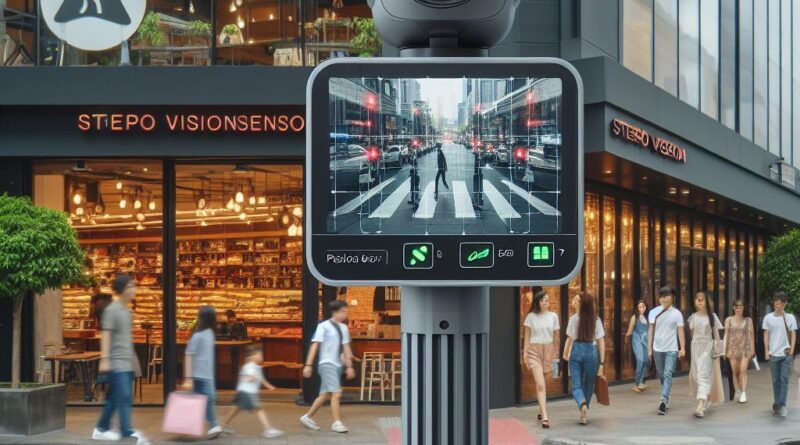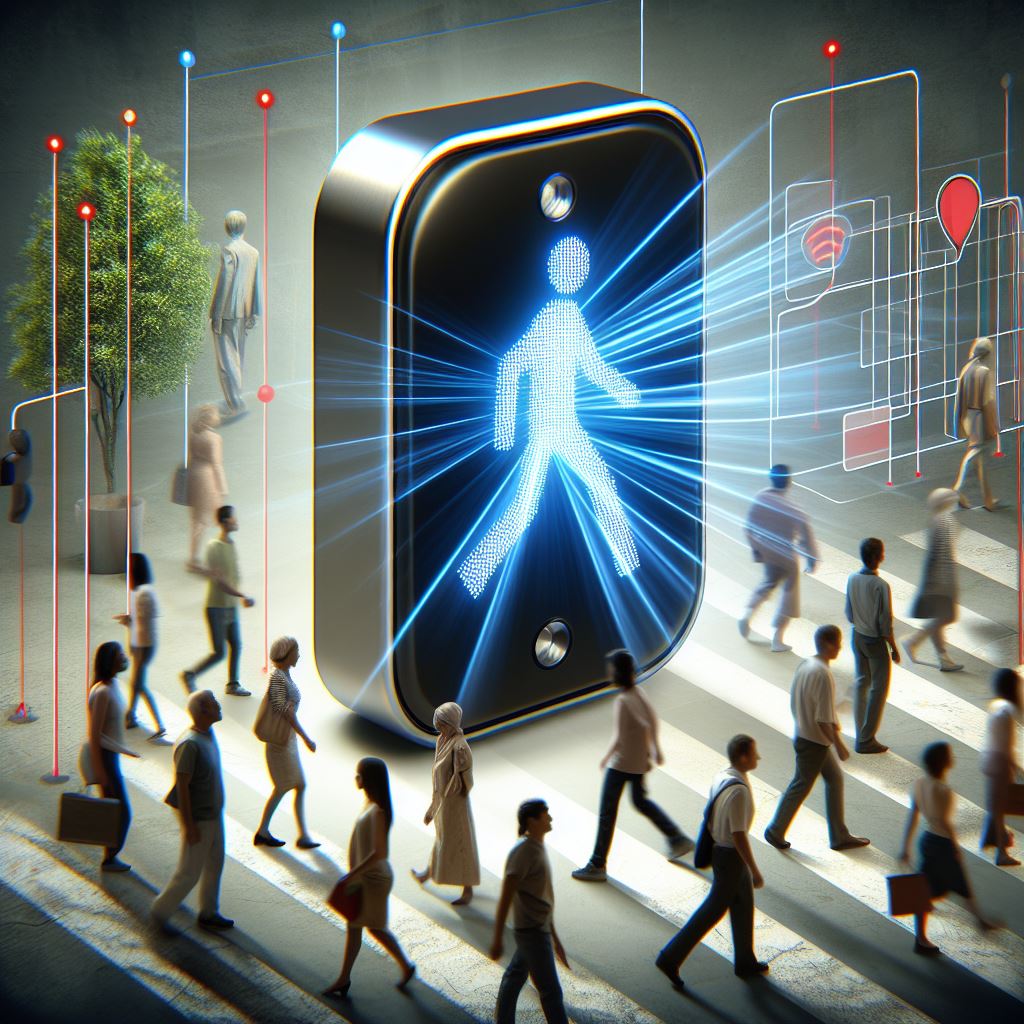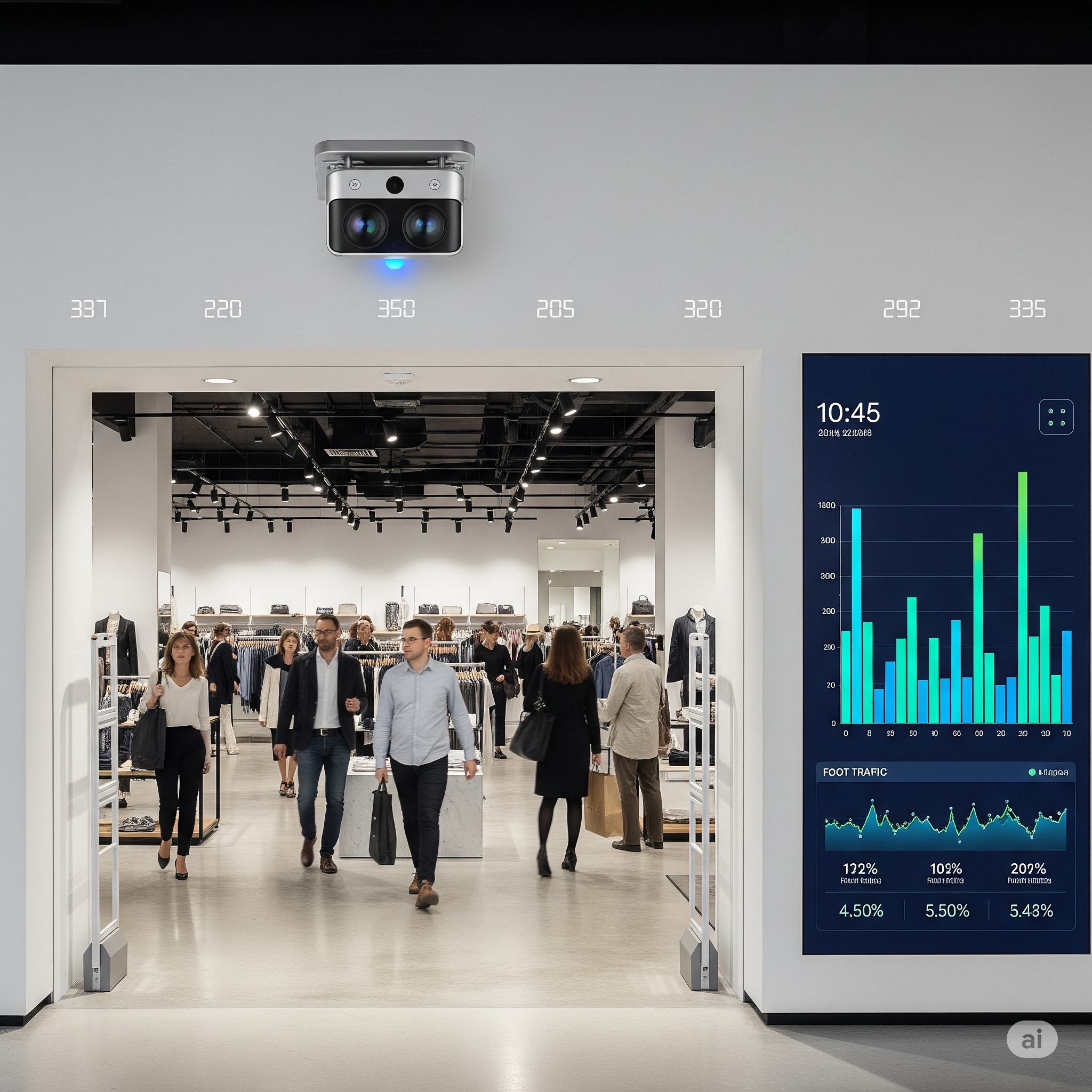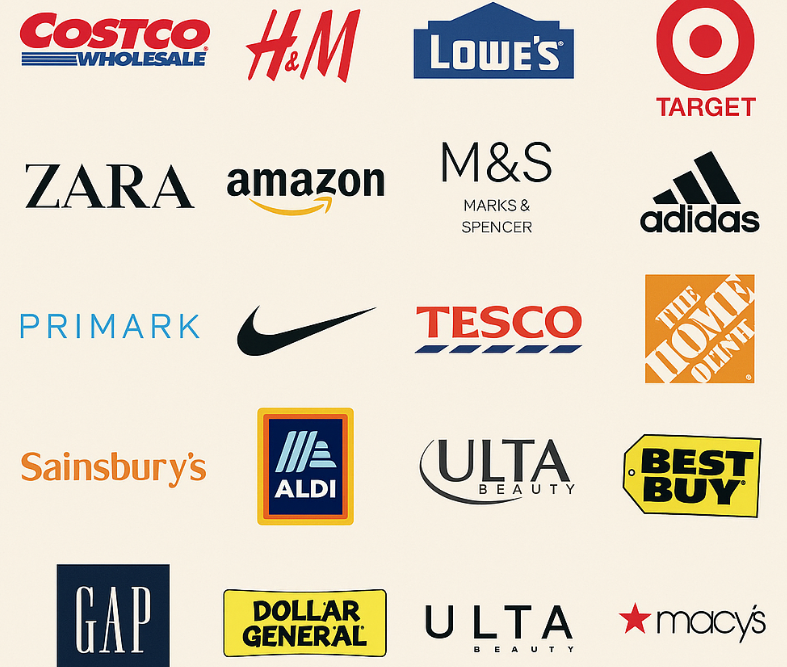LiDAR vs. 3D People Counters: The Ultimate 2025 Buying Guide
In the rapidly evolving field of people counting technology, both LiDAR and 3D stereo vision systems have seen significant advancements as of 2025. These technologies are pivotal in sectors such as retail, transportation, and smart buildings, offering enhanced accuracy and a range of features tailored to diverse applications.
LiDAR People Counters
LiDAR (Light Detection and Ranging) people counters utilize laser pulses to detect and measure the distance to objects, including individuals. This method creates a detailed 3D map of the environment, enabling precise tracking and counting.
How LiDAR Counters Work:
- Emit laser pulses to scan the environment.
- Measure the time it takes for the light to reflect off objects.
- Generate a 3D point cloud to identify and count people.
Top LiDAR People Counter Brands:
- SICK AG: Offers the PeopleCounter, a solution capable of differentiating people from objects over large detection areas. sick.com
- Outsight: Provides 3D Spatial Intelligence solutions, emphasizing high performance and privacy protection. insights.outsight.ai
- Ouster: Delivers advanced LiDAR-powered crowd analytics to improve safety and operational efficiency in various environments. ouster.com
3D People Counters
3D people counters employ stereo vision technology, using dual cameras or sensors to create a three-dimensional representation of the monitored area. This approach allows for accurate detection and tracking of individuals.
How 3D Counters Work:
- Utilize dual cameras or sensors to capture depth information.
- Analyze the 3D space to detect and track individuals.
- Provide high accuracy even in crowded environments.
Top 3D People Counter Brands:
- AXIS Communications: Offers the AXIS P8815-2 3D People Counter, combining stereoscopic imaging with 3D analytics for reliable counting in challenging conditions. axis.com
- Xovis: Provides comprehensive people flow and counting solutions, suitable for various applications including airports and retail spaces. xovis.com
- FootfallCam: Known for the FootfallCam 3D Pro2™, a top-selling people counter since 2020, offering optimal performance and reliability. footfallcam.com
LiDAR vs. 3D Counters: Key Differences
| Feature | LiDAR Counters | 3D Counters |
|---|---|---|
| Technology | Laser-based detection | Stereo vision or dual-camera systems |
| Accuracy | High (95%+) | Very high (98%+) |
| Privacy | Privacy-friendly (no facial recognition) | May capture more visual data |
| Light Conditions | Operates effectively in all lighting conditions | Requires adequate lighting |
| Cost | Moderate to high | Moderate to high |
| Best For | Offices, small retail spaces, privacy-focused environments | Retail stores, malls, high-traffic areas |
Pros and Cons of LiDAR People Counters
Pros:
- Privacy-Friendly: LiDAR does not capture facial details or identifiable information, making it ideal for environments where privacy is a concern.
- Works in All Lighting Conditions: LiDAR is not affected by lighting, making it suitable for low-light or no-light environments.
- High Accuracy: Provides reliable counts even in moderately crowded areas.
Cons:
- Limited Field of View: LiDAR sensors may have a narrower field of view compared to 3D counters.
- Higher Cost: LiDAR technology can be more expensive than other options.
- Challenges in Dense Crowds: May struggle to distinguish individuals in extremely crowded environments.
Pros and Cons of 3D People Counters
Pros:
- Exceptional Accuracy: 3D counters offer some of the highest accuracy rates, even in crowded or complex environments.
- Advanced Analytics: Many 3D systems provide additional insights, such as dwell time, queue length, and heatmaps.
- Wide Field of View: 3D counters can cover larger areas, making them ideal for high-traffic spaces.
Cons:
- Privacy Concerns: 3D counters may capture more visual data, raising privacy concerns in some environments.
- Lighting Requirements: Performance can be affected by poor lighting conditions.
- Higher Complexity: Installation and setup may be more complex compared to LiDAR counters.
Which Should You Choose? LiDAR or 3D Counters?
Choose LiDAR If:
- Privacy is a top priority.
- You need a solution that works in low-light or no-light conditions.
- Your environment is small to medium-sized with moderate traffic.
Choose 3D Counters If:
- You need ultra-high accuracy in crowded or high-traffic areas.
- Advanced analytics (e.g., dwell time, heatmaps) are important.
- Your space has adequate lighting and privacy concerns are minimal.
Price Comparison
- LiDAR Counters: Prices range from $500 to $1,500 per sensor.
- 3D Counters: Prices range from $500 to $3,000 per sensor.




